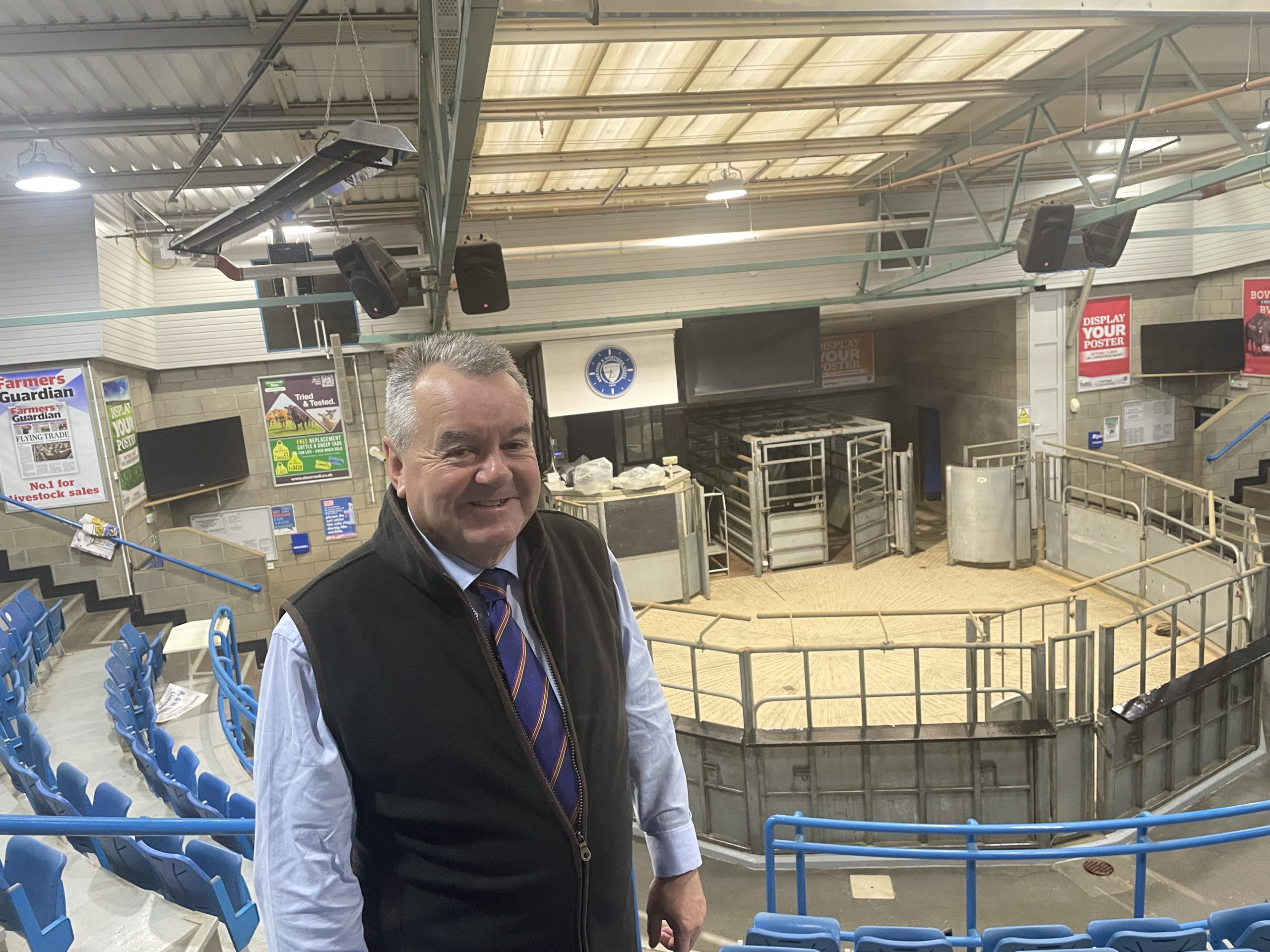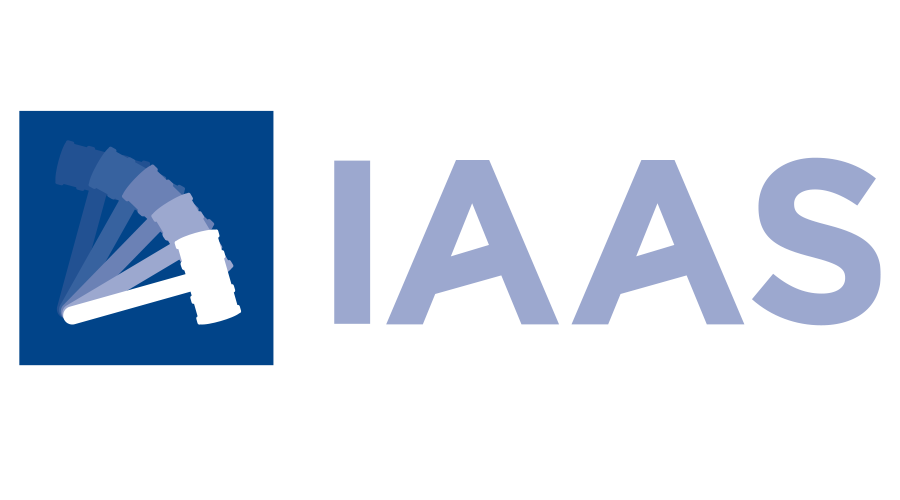The latest figures from the Institute of Auctioneers and Appraisers in Scotland (IAAS) show a positive year for livestock markets in Scotland with increased throughput and prices across every class in the 2023 financial year.
Totalling a turnover of £664.5m, the average value of cattle, sheep and pigs all increased year on year by 9.72%, or £58.85m. Sheep values increased on average by 3.6%, with overall numbers up by 2.52% and pig sale values were up by 35%. Despite the shrinking of the national beef suckler herd – last reported to be down by 6.5% – the number of cattle sold through Scotland’s 10 auction companies was up by 0.78% and saw a 13.71% uplift in value.
“The figures are good and it’s really good story,” says IAAS President Alan Hutcheon. “We’ve sold more of every type of livestock with averages up across the board. It shows again that auction marts are one of the main players in the Scottish livestock sector and just how much livestock we handle, as well as the mart’s contribution to the wider economy. The strength is in the nature of the live ring which allows for open market price discovery and for stock of all specifications to gain the best price that day.”
Store cattle numbers through the live ring rose by 2.4% which is a strong result in the face of a 2.6% fall in calf registrations during the same year.
Executive Director Neil Wilson puts this down to more confidence in the industry:
“Our IAAS members talk to more livestock farmers than most over the year, and this data echoes the sentiment we’re hearing from their buyers and sellers. Confidence is up, and the competitive price in the ring means more farmers are choosing to entrust the marts to sell more livestock for them and to get the best price.
“Marts play such an important role in the rural economy on many levels, and it’s fantastic to see these high numbers of livestock in the ring and so many farmers using the marts. This is vital to retaining fair livestock pricing into the future, and it’s ever more important to use the marts to ensure their future as the costs of running them soar.”

